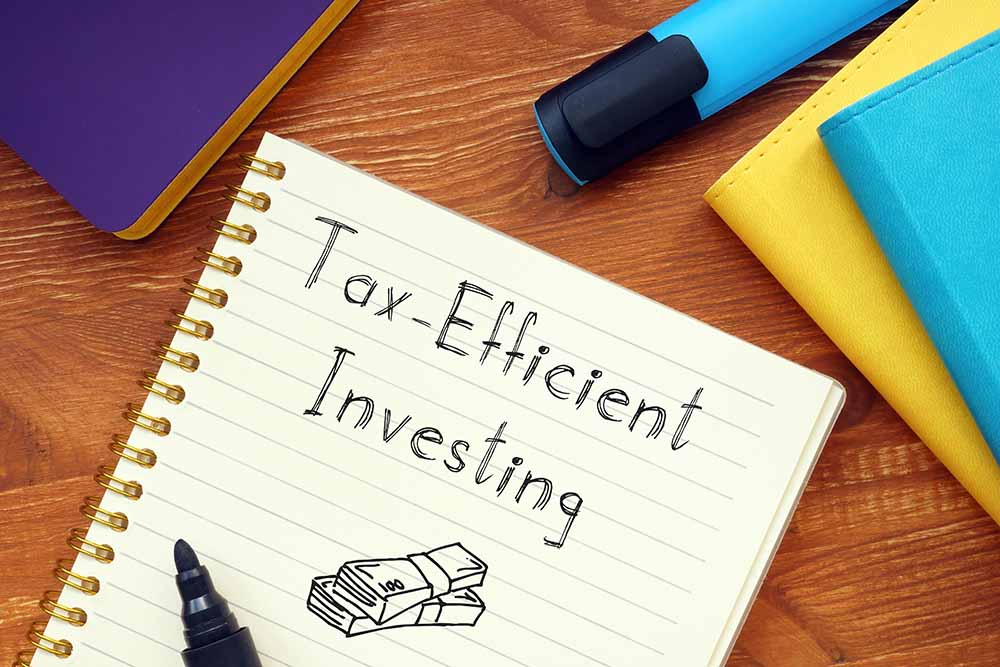In the world of financial planning, after-tax returns take centre stage as the true measure of your wealth.

The money you accumulate and spend in both the present and your retirement hinges on tax efficiency. To maximise returns and retain more of your earnings, delve into T-A-X efficient investing.
T - Timely Investment

Why not streamline your tax payments in ways that offer substantial returns over a period of time with minimum risk? It is important to familiarise yourself with the different kinds of tax planning opportunities:
• Purposive tax planning aligns investments with specific goals, ensuring optimal benefits. It involves using tax-saver instruments with a specific purpose in mind. It is a practice where one analyses his financial situation based on a tax efficiency point of view to invest and utilize the resources optimally.
• Permissive tax planning explores various provisions in Indian taxation laws.
• Short-range and long-range tax planning, with the former occurring towards the fiscal year-end and the latter at the beginning.
A - Acquiring Filing Knowledge

Equip yourself with tax knowledge beyond your accountant's expertise.
• Stay informed about recent tax law changes, their commercial impacts, and effective dates. For example, you must know the difference between the old tax regime and the New Tax regime. Taxation laws are volatile and are subject to change every financial year
• Identify new tax-saving opportunities and assess the value of past investments.
• Organise your tax documents and financial records to streamline the filing process. You can stay updated and ahead of the game by making use of these cloud-based software and tools – Tax Tools by the Income Tax Department of India, Bench, Realbooks, and ZenScale
X - Extra Saving Info

After all, it's you deserve to live a large life now and in retirement.
1. Contribute to PPF before the 5th of the month to ensure interest is calculated on a higher corpus.
2. Offset capital gains in mutual funds and stock market investments by selling loss-making assets on the last day of the financial year.
3. Opt for the SSY scheme for girl-child investments, offering competitive interest rates.
4. Claim all eligible deductions and exemptions when filing tax returns to minimise tax liability and maximise potential refunds – medical expenses, interest paid on education loans, and donations to recognised charitable organizations under Section 80G.

5. You can file a revised return if you missed claiming deductions or tax credits in the original filing.
6. Keep track of adjustments of refunds against outstanding demands from previous financial years.
7. Reconcile differences in TDS/TCS with Form 26AS/AIS/TIS to avoid discrepancies.
8. Make your spouse a co-owner when buying property for enhanced loan eligibility and tax benefits under sections 80C and for interest on borrowed capital.
9. Save taxes on your post-retirement fund by investing in a combination of Tax-saver FD for liquidity and ELSS for tax-free higher returns.
10. Stay compliant with the law regarding crypto transactions to avoid potential penalties and legal consequences.